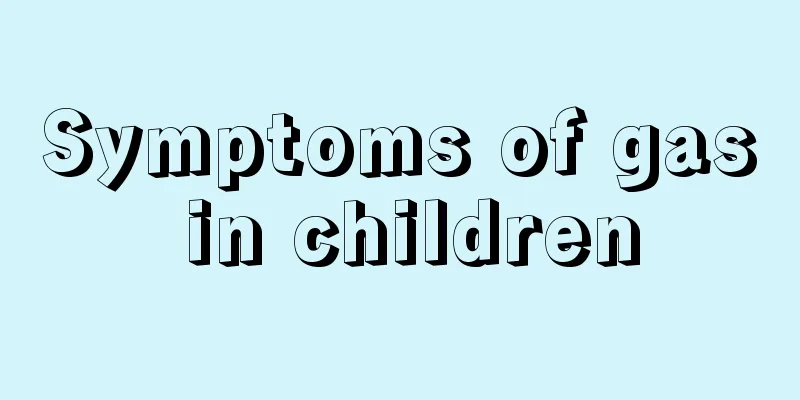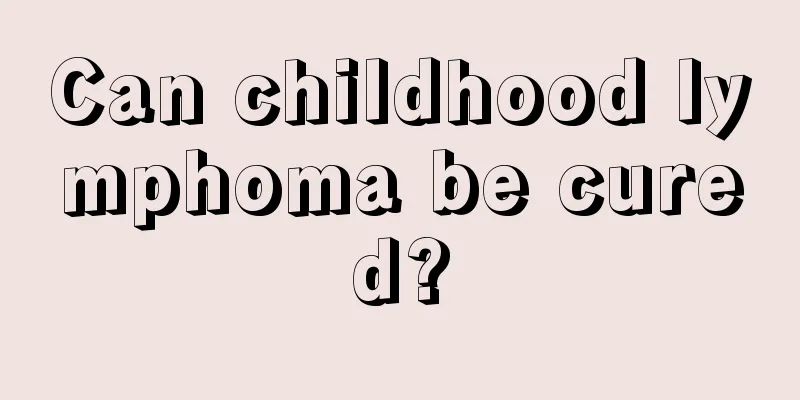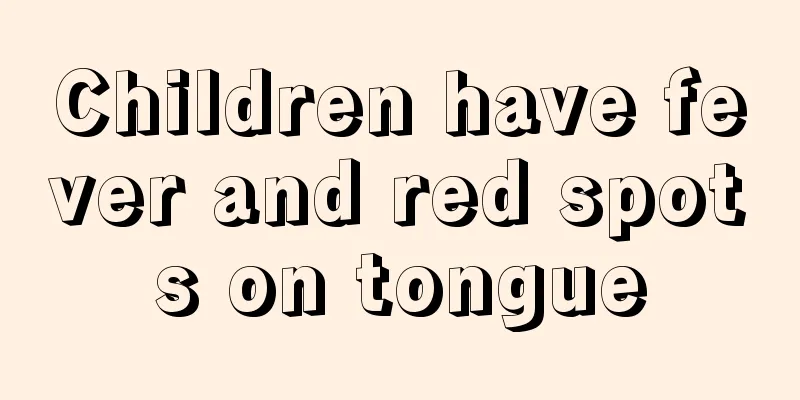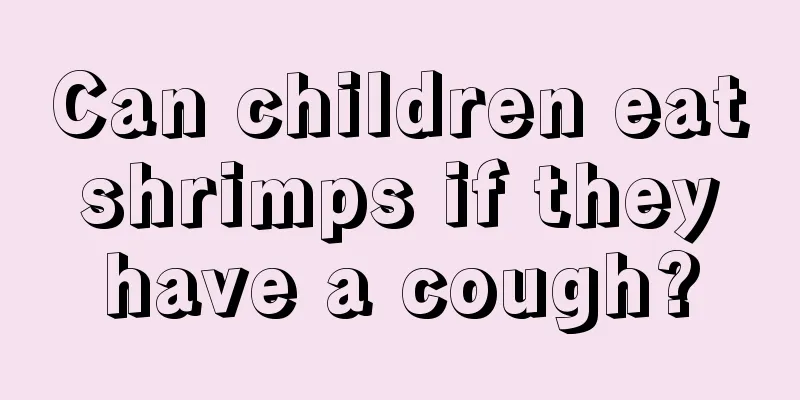Symptoms of gas in children

|
Hernia is a relatively common disease, and the incidence rate is also quite wide. Not only adults but also children will have this condition. It is quite common for children to have hernia. And when children have this disease, there are certain obvious symptoms. However, many people do not know its specific symptoms. So what are the symptoms of hernia in children? Children are a high-risk group for hernia, and pediatric hernia is very common in pediatric surgery. Hernia in children is commonly known as "intestinal herniation" or "intestinal hernia". During the embryonic period, there is a "peritoneal processus vaginalis" in the groin. What is pediatric hernia? Pediatric hernia is commonly known as "intestinal herniation" or "intestinal hernia". During the embryonic period, there is a "peritoneal processus vaginalis" in the groin. After some children are born, the processus vaginalis is not completely closed. When the intra-abdominal pressure increases, the small intestine, omentum, etc. in the abdominal cavity enter the processus vaginalis, which becomes a hernia. It may also be accompanied by diseases such as spermatic cord or testicular hydrocele. The main clinical manifestation of pediatric gastric ulcer is a reducible mass in the groin area shortly after the child is born. Most of them appear at 2-3 months old, but some may occur as late as 1-2 years old. The general incidence of flatulence in children is 1-4%. The incidence in males is 10 times that in females and is even higher in premature infants. It may occur in the navel and on both sides. Children usually have flatulence when they are crying, exercising vigorously, or have dry stools. There will be a protruding lump in the groin, which sometimes extends to the scrotum or labia area. The bulging symptoms usually disappear on their own when the child lies down or presses with the hands, but will reappear as soon as the hands are released. The hernial material can return to the abdominal cavity and the mass disappears. This condition is called reducible hernia. If the tumor cannot be returned to the abdominal cavity and remains incarcerated for too long, serious complications such as intestinal ischemia and necrosis may occur. Hernia in children is very harmful and must be cured by surgery. Currently, the most effective method for treating pediatric gastric cancer is through minimally invasive outpatient surgery. Active hernia can shrink on its own, so conservative treatment can be adopted first. Generally, a hernia belt is used to support the hernia sac, reduce the pressure inside the hernia sac, and prevent ischemic necrosis of the hernia contents. Dry stools, constipation, and loud crying will aggravate the symptoms of hernia, so these actions should be avoided as much as possible. |
<<: How to give medicine to your baby?
>>: Children's hands and feet are cold and their bodies are hot
Recommend
Baby allergic symptoms to goat milk powder
Babies are in the most critical period of life wh...
Is high crp in newborns serious?
Generally speaking, if the crp of a newborn is re...
What to do if your baby is allergic to milk
Babies need sufficient nutrition as they grow, an...
What's the matter with the little pimple on the child's neck?
Children have relatively low immunity and are pro...
What to do if you find your child masturbating
Masturbation is a normal behavior in children'...
Children's hair grows slowly
Everyone hopes that their hair can grow faster, b...
What to do if children have allergic itching? Common treatment methods
If a child has allergies, the mother should be ca...
Children's vitiligo old Chinese medicine
Vitiligo is a very common disease in our lives. I...
What to do if your child has a fever and convulsions
When a child has a fever or convulsion, parents a...
What should teenagers do if they suffer from severe insomnia?
Many parents want their children to become succes...
Two and a half year old baby education
Many mothers are more concerned about whether the...
What are the anti-inflammatory drugs for children?
In the process of growing up, children will inevi...
One and a half month old baby doesn't like to sleep
For babies, only normal sleep and sufficient rest...
How to supplement children with anemia
Anemia in children will affect the functions of v...
Symptoms of red tongue in baby
Some babies have red tongues, which makes many pa...









